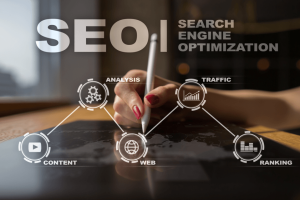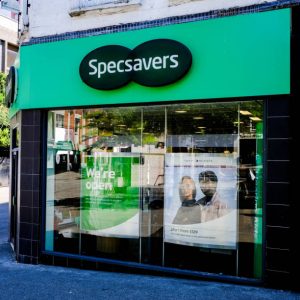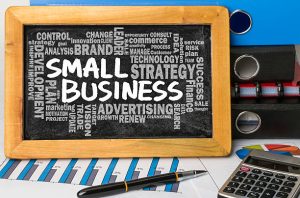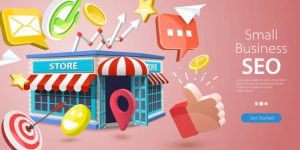
People enjoy being entertained. They also love to learn and try new things. Let’s use this knowledge to create marketing experiences for our products and services.
These experiences are a great way to sell products and services and help you achieve your marketing goals.
This article will explain experiential marketing and show you how to do it using more than 20 examples.
What is experiential marketing?
Experiential marketing provides customers and prospects with real-life experiences that help them understand, raise awareness, or increase their sales.
What is the importance of experiential marketing?
Because it allows businesses to build deeper relationships with customers, experiential marketing is becoming more critical. Experiential marketing is different from other forms of marketing because it takes place in real life.
Marketing examples that have worked and lessons learned
There are many types of experiential marketing campaigns. Each has its pros and cons.
While some campaigns apply to all businesses, others only work for specific products or services. When choosing between an experiential or traditional marketing strategy, you will need to consider your target audience, budget, goals, and product compatibility.
Pop-up stores
Pop-up shops are temporary spaces where a company temporarily takes over a physical location to display or sell its products and services.
Tips for Marketers
Most cities and towns have plenty of retail space. Contact the town center or shopping mall management for more information on retail opportunities.
Although a pop-up store can be expensive, it is possible to spread the cost over several events or experiences.
Bowie 75
Bowie 75 celebrates the legendary musician David Bowie.
Pop-up stores were opened in London and New York to allow fans to see audio, video, and photographs of his art and purchase merchandise.
Tips for Marketers
Bowie 75’s website features an event section and a sign-up form. This will help the team to build a fan base that it can use for future pop-up shops.
Cobranding
Cobranding is when two or more companies work together to create an experience that benefits both brands.
Zavvi and Lego
Zavvi, an online entertainment retailer, has partnered with Lego, a supplier of plastic brick toys.
For a month, they opened a pop-up store in Manchester (U.K.), which featured Lego products Zavvi had stocked.
Source: Retail Destination.
Tips for Marketers
Cobranding can be a win-win situation, primarily when retailers and suppliers work together.
Ahrefs and Buffer
Tim Soulo (CMO of Ahrefs) and Brian Peters (Buffer) shared strategies for getting website traffic using evergreen content and social media marketing via a live stream.
YouTube hosts could host a live broadcast. The audience could use the chat function to interact with the hosts and the slides and resources provided.
Because their services aren’t competing with each other, Ahrefs & Buffer make an excellent fit for cobranding.





